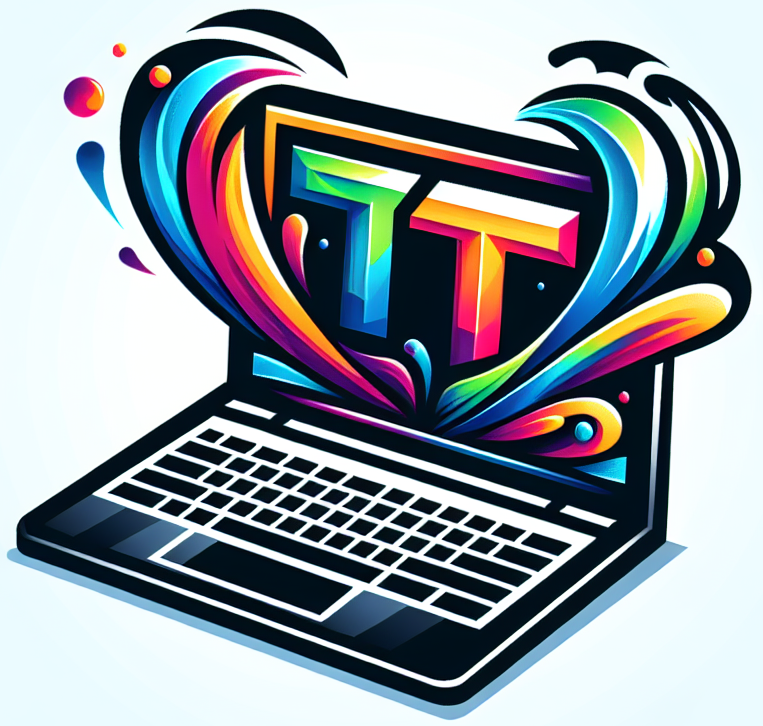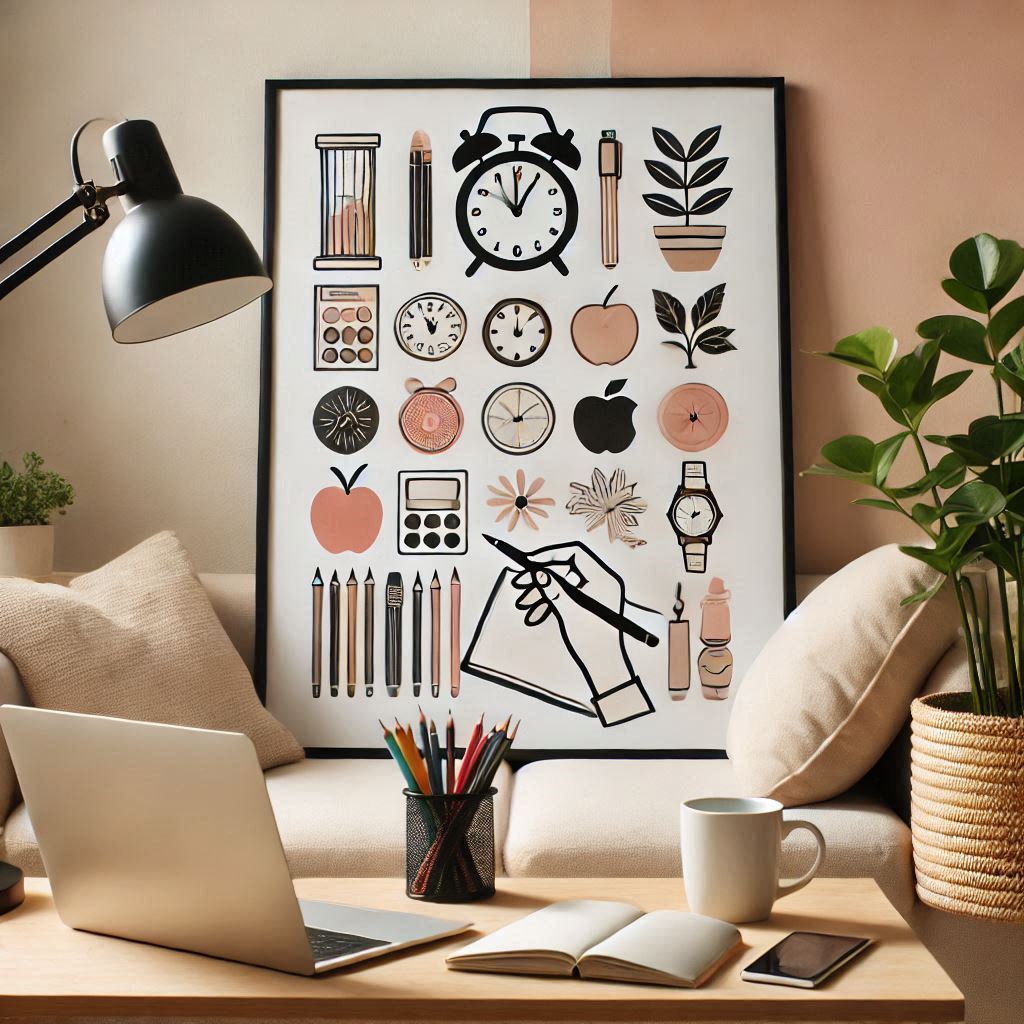Distractions at home can sneak up on you when least expected. Whether it’s the tempting TV remote or the allure of a comfy couch, knowing what pulls your attention away is half the battle won. Identifying these common distractions in a home setting is the first step to managing them effectively.

The bad news about working from home is that home environments are breeding grounds for interruptions, each with its own psychological impact. When your focus shatters into a million pieces every time your phone buzzes, it’s not just frustrating but mentally draining. Of course we understand that some distractions; like a surprise visitor, may be out of your immediate control while others, like social media, are more manageable.
Now, let’s move on to differentiating between distractions you can control and those you cannot. Maybe your cat decides your keyboard makes a great bed, or perhaps the endless notifications on your phone are breaking your concentration. Differentiating between which ones require your attention and which ones can wait (or be ignored totally) is crucial.
Mindful awareness can serve as your trusty compass in the maze of distractions. By being conscious of what pulls your focus and how it affects your productivity, you can develop strategies to regain control. Mindful practices help tune in to your work with greater attention and less interference, turning distractions into opportunities for greater awareness and presence.
Crafting a Productive Home Environment

When it comes to staying focused at home, your environment is your secret weapon. The way you organize your physical space directly impacts your ability to concentrate. A tidy workspace is not just about aesthetics—it’s about creating a clear mind. Keep your workspace simple and free of clutter to improve your focus and efficiency.
Personalizing your workspace is also key. Surround yourself with items and colors that motivate and inspire you. Efficient lighting is critical too; consider natural light if possible, or use bulbs that mimic daylight to keep you awake and focused.
Comfort matters—a lot. An ergonomic chair and desk setup not only prevent physical strain but also help maintain concentration throughout the day. Adjust your seat and monitor to the right height, and you’ll feel more comfortable working for longer stretches of time.
Creating a distraction-free zone can be a game-changer. Use noise-cancelling headphones to block out unwelcome sounds, and communicate your schedule to those you live with to minimize interruptions. A door that’s closed can be a clear signal that you’re in work mode.
Crafting your environment to boost focus is about making deliberate choices to support your work. Every detail, from the light to your chair, plays a part in your ability to stay on task. With the right setup, you not only improve your productivity but also make working from home a more enjoyable experience.
Developing Habits and Discipline for Focus

Building focus at home involves more than just a great workspace—it’s about the habits and routines you cultivate each day. Starting with daily rituals can set the tone for how you manage your work and distractions. Maybe it’s a morning coffee ritual or a quick stretching session that transitions you into work mode.
Setting realistic goals and prioritizing tasks effectively is crucial for maintaining focus. Break down larger projects into manageable chunks and tackle what you can achieve each day. Prioritizing tasks helps keep the mind on track and reduces the stress of juggling multiple things at once.
Time management techniques like the Pomodoro Technique or time-blocking can be lifesavers. Ever tried working in bursts of 25 minutes followed by a short break?
This way, your mind stays sharp, and you ward off burnout. Time-blocking, where you’re dedicating specific hours to tasks without interruption, can further reduce chaos and help maintain a steady rhythm.
Breaks aren’t just all about chilling—they’re essential for mental rejuvenation. The brain needs time to process and absorb information. Step away for a bit, stretch, or even switch gears to a different type of task. You’ll find that this refreshes your focus and keeps your energy levels up.
Developing these habits takes time and patience, but the payoff in terms of better focus and productivity is huge. With discipline and routine, distractions start losing their power, leaving you more time and mental space to excel in your work.
Harnessing Digital Tools and Techniques to Combat Distractions

In today’s digital age, technology can be both a distraction and a powerful ally in staying focused. With countless tech solutions at your fingertips, navigating through the chaos becomes a bit easier (or harder depending how you look at it!).
Focus modes and browser extensions are handy tools that help resist digital temptations. Apps like Forest, Focus@Will, and others encourage you to stay on task by creating regulated environments that boost productivity.
Noise-canceling headphones and white noise generators can transform your noisy home setting into a haven of concentration. Whether it’s the hum of a virtual coffee shop or absolute silence, the right sounds keep your mind anchored. Find what works best for you!
Virtual collaboration tools and clear communication protocols are lifesavers for those working from home. Using apps like Slack or Microsoft Teams for communication ensures that work dialogues are streamlined, making interactions more efficient and less intrusive.
Considering a digital detox might sound extreme but limiting screen time can lead to powerful productivity bursts. Setting time boundaries on device usage not only enhances focus but also helps maintain a healthy work-life balance. Most modern smartphones have these options built in.
With the smart use of technology, you can turn what were potential distractions into helpful aids, tailoring your digital environment to support rather than hinder your focus.
Good luck on your journey and thank you for reading!


This is exactly the post I needed right now! I didn’t even think about how my physical comfort adds to my distraction. I certainly need to invest in an ergonomic chair soon. Probably my worst distraction though is my dog. Working remotely is great because I can spend more time with him, but it’s hard to get much done when my dog keeps pressuring me to play fetch with him.
Great to hear the post was helpful! Ergonomic chairs can make a big difference. For your playful pup, try scheduling regular breaks for fetch. It might help satisfy his needs while letting you focus better between play sessions.